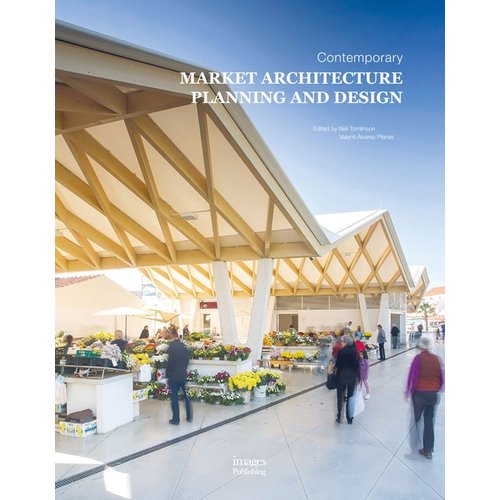Does the Long Road to Licensure Impede Diversity in the Profession?

As Americans have taken action to try to end racism and institutionalized biases, the spotlight inevitably turned to architecture, which has had a poor record of advancing women and people of color. That quest for equity has resurrected a recurring debate over the elaborate, years-long licensure process, which Monica Ponce de León, dean of the School of Architecture at Princeton University and principal of her firm MPdL Studio, characterizes as “not a path but a series of roadblocks.”
The typical road to registration begins with a four-year undergraduate degree and two-year master’s degree in architecture (or a five-year Bachelor of Science in architecture), then 3,000 hours in the Architectural Experience Program (AXP), which takes four years, on average, says the National Council of Architectural Registration Boards (NCARB). While working, candidates also must pass the six rigorous tests of the Architect Registration Exam (ARE). That takes a mean of 2.5 years, for a total slog of 12.7 years.
Ponce de León says that both the work-experience requirement and the ARE “perpetuate discrimination and inequity.”
Recently licensed architect Imani Day is an associate at Gensler’s Detroit office, where she works on community-oriented design projects and teaches architecture at the University of Detroit Mercy. She is the 463rd Black woman to become a registered architect—ever. Although she has benefitted from abundant opportunities at Gensler, “many of my peers moved away from architecture,” she says, citing low pay and lack of mentorship to thrive in those other firms. Her anecdotal experience is consistent with NCARB data, showing the number of women architecture graduates declining steadily through each stage of the process. Latinx, Black, and Asian candidates fell away in significant numbers as well. People of color were 31 percent more likely to stop pursuing licensure than white candidates.
Day found the ARE especially challenging. Each test costs $235, but retakes and study aids push the cost much higher. “I was very passionate about getting licensed,” says Day, who, like many candidates, failed several tests before passing them all. (Only one of the six tests has a pass rate much higher than 50 percent.) Even though her firm helped offset some of the costs associated with study materials, bootcamp programs, and testing, she estimates it took upward of $6,000 to pass the ARE.
In a joint survey conducted by NCARB and the National Organization of Minority Architects, no more than 28 percent of respondents (across demographic groups) reported feeling confident they could afford the ARE, with Black and Latinx candidates expressing the greatest cost sensitivities. The survey also found that high numbers of African American candidates had witnessed or experienced discrimination at work.
The AIA supports reducing the burdens of licensure, “but we need a standard that says an architect has arrived at a basis of knowledge,” says executive vice president and CEO Robert Ivy. He would like to see the cost of education reduced and applauds NCARB’s new Integrated Path to Architectural Licensing (IPAL) program. For instance, some accredited schools offer evening classes, allowing students to study at night and work at firms during the day so that they can satisfy AXP requirements. Students also take the ARE while in school, so that they can graduate with most or all of their license requirements complete.
Wentworth Institute of Technology, Boston, is the latest institution to offer IPAL. Most students should be able to complete the Institute’s five-year professional degree as well as licensure exams and work requirement in six years, says architecture department chair Mark Mulligan. With fewer years in school, income earned, and Institute support for testing, “it makes a difference when you can begin your career without huge debt.” He is excited about IPAL’s possibilities.
Ponce de León argues that “architecture should follow the model of the legal profession and eliminate practical training from the process.” While NCARB CEO Michael Armstrong says that the “difficulty, time, and expense” of licensure in architecture is similar to other professions, this does not appear to be the case. A professional engineer license can be obtained after a bachelor’s degree, two tests, and work under a licensed engineer for at least four years, and the bar exam is a series of tests taken over two days, with no work-experience requirement. “Law wants you to join the profession right away,” says Casius Pealer, who has degrees in both architecture and a law, and who directs the Real Estate Development program at Tulane University. Compared to law, he says, architecture licensure feels akin to a “serf-like process.”
Pealer notes that NCARB’s imprimatur is becoming less relevant as architects’ paths broaden. Social-impact work, for instance, goes beyond rigid definitions of health, safety, and welfare, to develop design, project-development, and citizen-engagement skills that directly contribute to eliminating racism and helping communities thrive. Pealer says many of his Tulane students are more motivated to complete LEED accreditation. If you are deferring preferred career experiences for six or seven years of testing and irrelevant work experience, says Pealer, “it can get absurd.”





